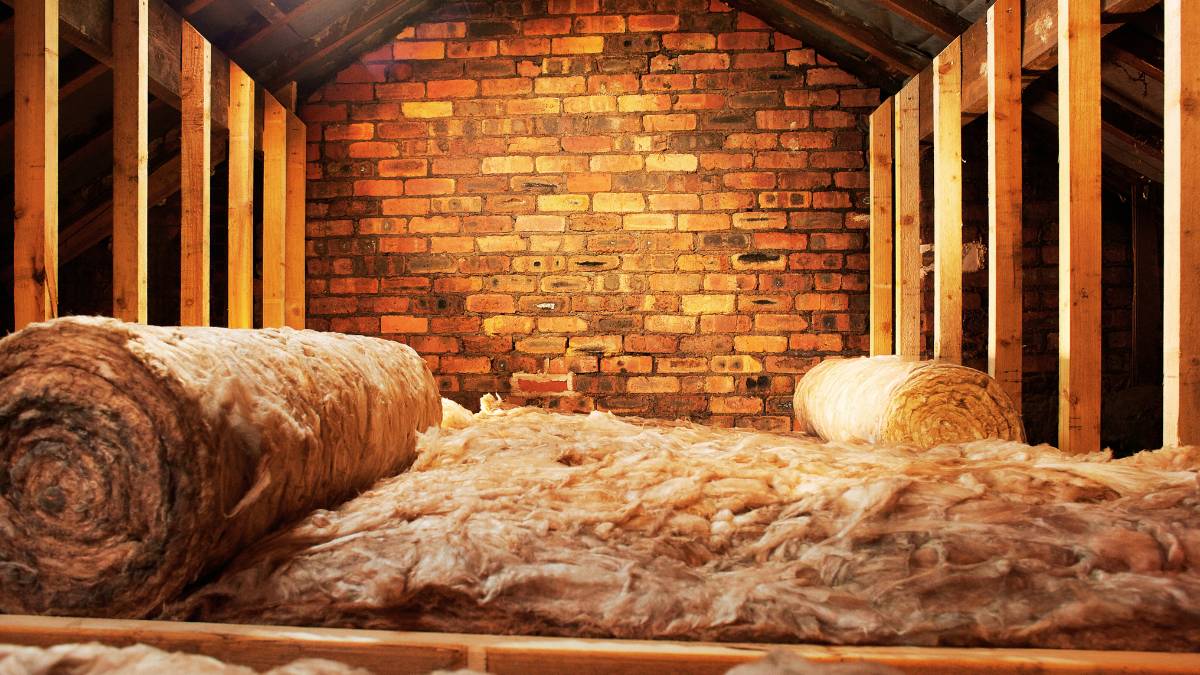Last Updated on June 19, 2024 by Kravelv Spiegel
When it comes to home insulation, the term “R-value” frequently comes up. But what exactly does it mean, and why is it important? This comprehensive guide will delve into the concept of R-value, its significance in building insulation, and how it affects energy efficiency and comfort in your home.
Key Takeaways:
- R-value measures thermal resistance, indicating the effectiveness of insulation.
- Higher R-values lead to better energy efficiency, comfort, cost savings, and reduced environmental impact.
- Choosing the right R-value depends on climate, building codes, location in the home, and budget.
- Inspect existing insulation, seal air leaks, and consider professional assessments for optimal insulation performance.
What is R-Value?
R-value is a measure of thermal resistance, indicating how well a material resists the flow of heat. The higher the R-value, the greater the insulating effectiveness of the material. Essentially, R-value measures the material’s ability to keep heat out during the summer and in during the winter.
The Science Behind R-Value
R-value is determined by several factors:
- Material Type: Different materials have different insulating properties. For instance, fiberglass, foam, and cellulose each have unique R-values.
- Thickness: The thickness of the insulating material directly affects its R-value. Thicker insulation typically means higher R-value.
- Density: Denser materials can sometimes provide better insulation. However, too much density can lead to diminishing returns if the material becomes too compacted.
- Temperature and Moisture: The insulating properties of materials can change with temperature and moisture levels. For instance, insulation can lose its effectiveness if it gets wet.
Common Insulation Materials and Their R-Values
Here’s a quick look at the R-values of common insulation materials:
- Fiberglass Batts: R-2.9 to R-3.8 per inch
- Blown-In Fiberglass: R-2.2 to R-2.9 per inch
- Blown-In Cellulose: R-3.1 to R-3.8 per inch
- Spray Foam: Open-cell R-3.5 to R-3.6 per inch, Closed-cell R-6 to R-6.5 per inch
- Rigid Foam Board: R-3.8 to R-5 per inch for expanded polystyrene (EPS), R-5 to R-6 per inch for extruded polystyrene (XPS), and R-6.5 to R-7 per inch for polyisocyanurate
Also Read: Rim Joist Insulation
Importance of R-Value in Home Insulation
Energy Efficiency: Higher R-values mean better insulation, which can lead to significant energy savings. Well-insulated homes require less heating in the winter and less cooling in the summer.
Comfort: Proper insulation maintains a more consistent indoor temperature, enhancing comfort by reducing drafts and cold spots.
Cost Savings: Effective insulation can lower your energy bills by reducing the need for excessive heating and cooling.
Environmental Impact: By improving energy efficiency, higher R-values help reduce your carbon footprint, contributing to a more sustainable environment.
How to Choose the Right R-Value for Your Home
- Climate Considerations: The required R-value varies by climate. Colder regions require higher R-values for adequate insulation, while milder climates can get by with lower R-values.
- Building Codes: Check local building codes and regulations, which often specify minimum R-values for different parts of the home.
- Location in the Home: Different areas of the home may require different R-values. For example, attics usually need higher R-values compared to walls and floors.
- Budget and Cost-Effectiveness: While higher R-value materials can be more expensive, they may offer greater long-term savings on energy bills.
Practical Tips for Homeowners
Inspect Existing Insulation: Determine the current R-value of your home’s insulation. This can help you decide whether you need to add more or upgrade to a higher R-value material.
Related Article: R13 vs R15 Insulation
Seal Air Leaks: Insulation is most effective when the building envelope is sealed. Address any air leaks around windows, doors, and other penetrations before adding insulation.
Professional Assessment: Consider hiring a professional to assess your insulation needs. They can provide tailored recommendations based on your home’s specific characteristics and local climate.
R-Value FAQs
What is R-value and why is it important?
R-value measures the thermal resistance of insulation materials, indicating how well they resist heat flow. Higher R-values mean better insulation, leading to improved energy efficiency and comfort.
How do I determine the right R-value for my home?
Consider your local climate, building codes, the specific area of the home being insulated, and your budget to choose the appropriate R-value.
Can I increase my home’s R-value without replacing existing insulation?
Yes, you can increase your home’s R-value by adding more insulation on top of existing layers and sealing any air leaks to maximize effectiveness.
Final Words
Understanding R-value is crucial for making informed decisions about home insulation. By selecting the right R-value for your home, you can improve energy efficiency, enhance comfort, and save on energy costs. Whether you’re building a new home or upgrading an existing one, paying attention to R-value will help ensure your home remains comfortable and energy-efficient year-round.

